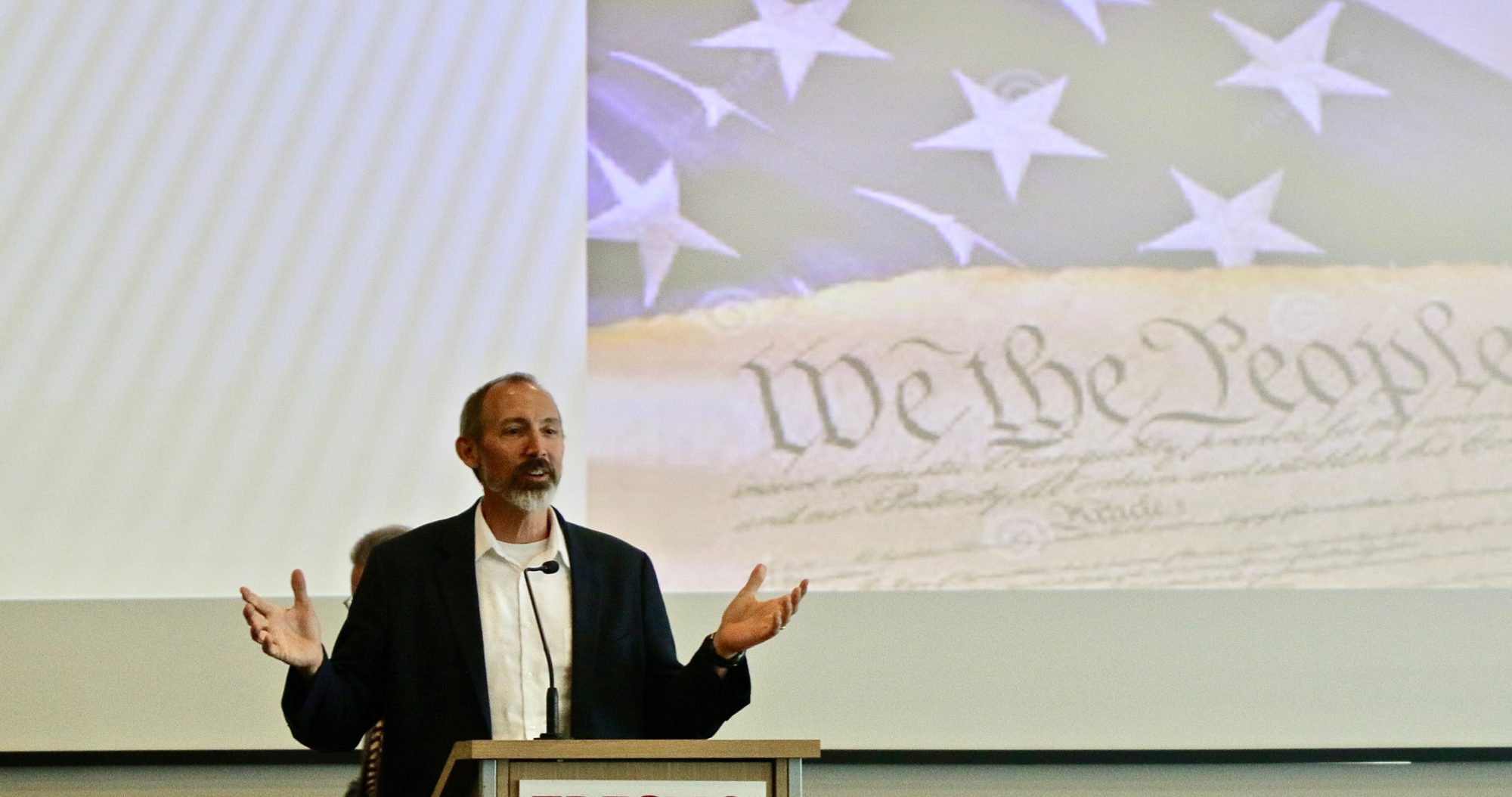Testing of limits isn’t just for the adventurous
Andrew Fiala
Fresno Bee 2012-09-08
I watched a group of hang gliders launch from Glacier Point a few weeks ago. The gliders leapt into thin air and swooped majestically out across Yosemite Valley. Unfortunately, the last glider in the group clipped a tree just after taking off. The kite spun out of control and careened into the talus slope just above the precipice. The crowd of spectators let out a collective scream.
I scrambled down the rocks to the glider pilot. His face and body were smashed, hanging under the mangled kite. He was groaning, barely conscious. Later, in the meadow below, I chatted with the injured pilot’s friends, imagining the beauty and thrill of the flight, while also recalling the horror of the crash.
I concluded, at the time, that hang gliding was crazy. But just the other day I crashed my mountain bike, flipping head over heels in a boulder field. A dent in my helmet shows where my head hit a rock. My legs and ribs are still aching.
I still love mountain biking and will go again. Even the crash was exciting. Maybe those hang gliders aren’t crazy after all. Or maybe it’s normal to seek risk and to want to defy gravity. Somehow the rewards — the thrill, the challenge, the novelty — outweigh the risks. The same fact might explain why people use drugs and alcohol, and even why people explore religious experience.
Human beings appear to need something more than ordinary experience — more than working, eating, and sleeping. When Karl Marx described religion as the opium of the people, he meant that religion provided an escape and consolation from a world of suffering and injustice. Marx thought that the desire for transcendent experience was the “sigh of the oppressed creature.” The same explanation might be given for drug and alcohol abuse. Real opium can provide an escape from oppression and suffering.
But oppression is not the only explanation. Rather, it seems that human beings are fascinated by the strange, the thrilling, and the extraordinary. We are curious explorers of the world and of consciousness. By pushing the limits of ordinary experience, we hope to experience wonder, joy and meaning.
The link between religion and drug use was explained recently by the neurologist Oliver Sacks in an article in The New Yorker. Sacks explained that we seek “transports that make our consciousness of time and mortality easier to bear. We seek a holiday from our inner and outer restrictions, a more intense sense of the here and now, the beauty and value of the world we live in.”
Sacks’ adventures with drug-induced altered states of consciousness is a cautionary tale. The highs of his drug-fueled “holidays” were followed by a crash: unwanted hallucinations, addictive behavior and possible psychosis.
Is it ethical to pursue such experiences — whether leaping off a cliff, exploring religious experience, or ingesting psychoactive chemicals? Libertarians will argue that you should be free to experiment, so long as you are not harming anyone but yourself.
The question of harm is a vexing one. Risky sports do not seem to pose a harm to others, except when the rescuers have to pull you out of danger. Drug use appears to be a private matter, unless you take the wheel or your loved ones have to deal with addiction and decline. And exploring religious experience seems unproblematic, except for religious experiences that turn fanatical or religious disagreements that disrupt families.
It is important to acknowledge the social aspect of even private choices. We should carefully consider the impacts our choices have on others, especially the strangers and loved ones who pick up the pieces when we crash.
We also need to acknowledge our desire for the extraordinary. Human beings have an exploratory urge and a desire for meaning, euphoria, and value in a short, uncertain life. That urge cannot be denied.
It would be nice to find safe venues for exploring extraordinary experiences. But the thrill of the extraordinary comes from the danger of flouting conventional expectations, defying gravity, and making dangerous leaps of faith. Those who make these leaps help to expand our understanding of what is humanly possible. They also occasionally remind us that what goes up, must come down.

